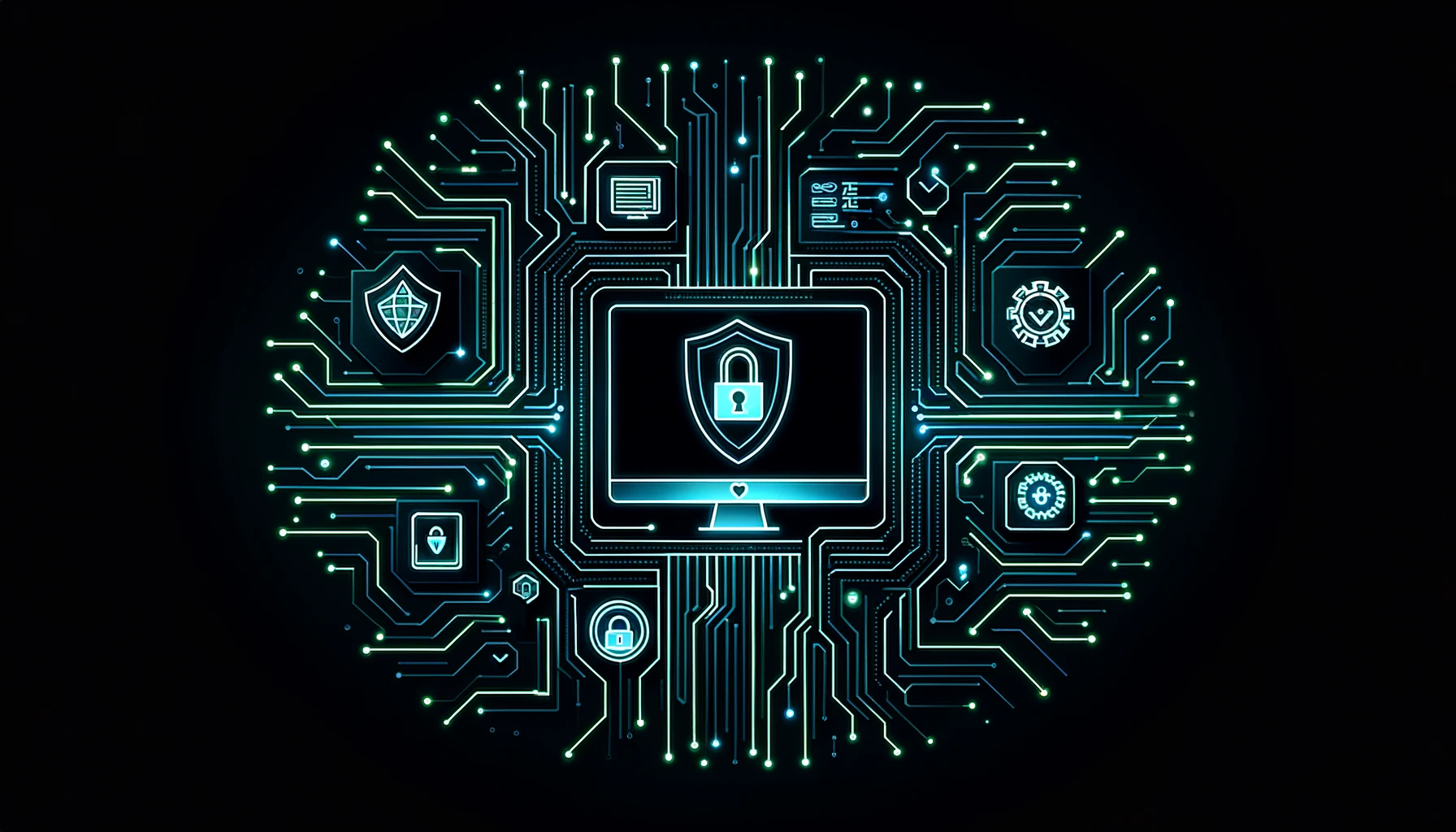Identity Verification
Identity Verification
Identity Verification means confirming that a person is who they say they are. This process can involve using documents, biometrics, or other methods. The goal is to prevent fraud, protect data, and build trust when people use services or make transactions. Identity verification is especially important for sectors like banks, healthcare, and online shopping.
For more details on how identity verification is implemented in different industries, you can explore our article on IT Security Challenges for Businesses.
Key Points
- Identity verification makes sure someone is really who they say they are, helping prevent fraud.
- Methods include using government IDs, biometrics like fingerprints, and digital checks.
- It's used in finance, healthcare, and online shopping.
- Helps companies meet regulations like KYC and AML to stop fraud.
- New technology like AI and blockchain makes verification safer. If you want to learn about more effective cybersecurity practices, check out our Security Awareness Training blog post.
Related Terms
Why is Identity Verification Important?
With more services going digital, identity verification has become essential. Identity fraud is a common issue that affects millions every year. For companies, verifying identities helps follow rules like KYC (Know Your Customer) and AML (Anti-Money Laundering), which reduces fraud.
Why Identity Verification Matters:
- Fraud Prevention: Stops people from pretending to be someone else.
- Regulatory Compliance: Meets legal rules like KYC and AML, especially for banks.
- User Trust: Makes sure customers feel safe when using services.
To see why identity verification is key to staying secure, read our article on the Cyber Resilience Act.
Common Methods of Identity Verification
There are several ways to verify identity, each with its own pros and cons:
- Government-Issued ID Verification: Cross-checking ID details like a passport.
- Biometrics: Using unique traits like fingerprints or eye patterns.
- Digital Authentication: Using methods like One-Time Passwords (OTP) or digital signatures.
- Multi-Factor Authentication (MFA): Using more than one method to verify identity.
If you want to test your organization's security, consider a Penetration Test to find weaknesses.
Identity Verification vs. Authentication
Identity Verification proves who you are when you start using a service. Authentication is used to prove it's still you every time you log in. For example, when you open a bank account, your identity is verified with documents. When you log in later, you're authenticated with a password or biometrics.
To learn more about authentication and how it helps fight cyber threats, visit our cybersecurity glossary on Authentication.
Key Use Cases for Identity Verification
- Financial Services: To meet KYC/AML rules and reduce fraud when opening accounts. If you work in financial services, read our article about cybercriminal threats in 2024 to understand why identity verification is so important.
- Healthcare: To protect access to personal health records. For more insights on keeping healthcare data secure, read our post on Electronic Health Card Security.
- E-commerce: To confirm real buyers and stop fraud.
- Government Services: To make sure only eligible people can access benefits.
Technological Trends in Identity Verification
- AI and Machine Learning: AI helps find patterns to improve identity verification.
- Blockchain: Creates secure, unchangeable records of identities.
- Remote Verification: Verifying identity through apps that use biometrics, which is useful for digital onboarding.
These new technologies are changing cybersecurity, as explained in our post on Phishing.
FAQ
It protects against unauthorized access and reduces the risk of identity theft and other security breaches.
Common methods include passwords, biometric data such as fingerprints or facial recognition, and security questions.
Organizations can implement strong authentication procedures, including multi-factor authentication and regular security audits.




































